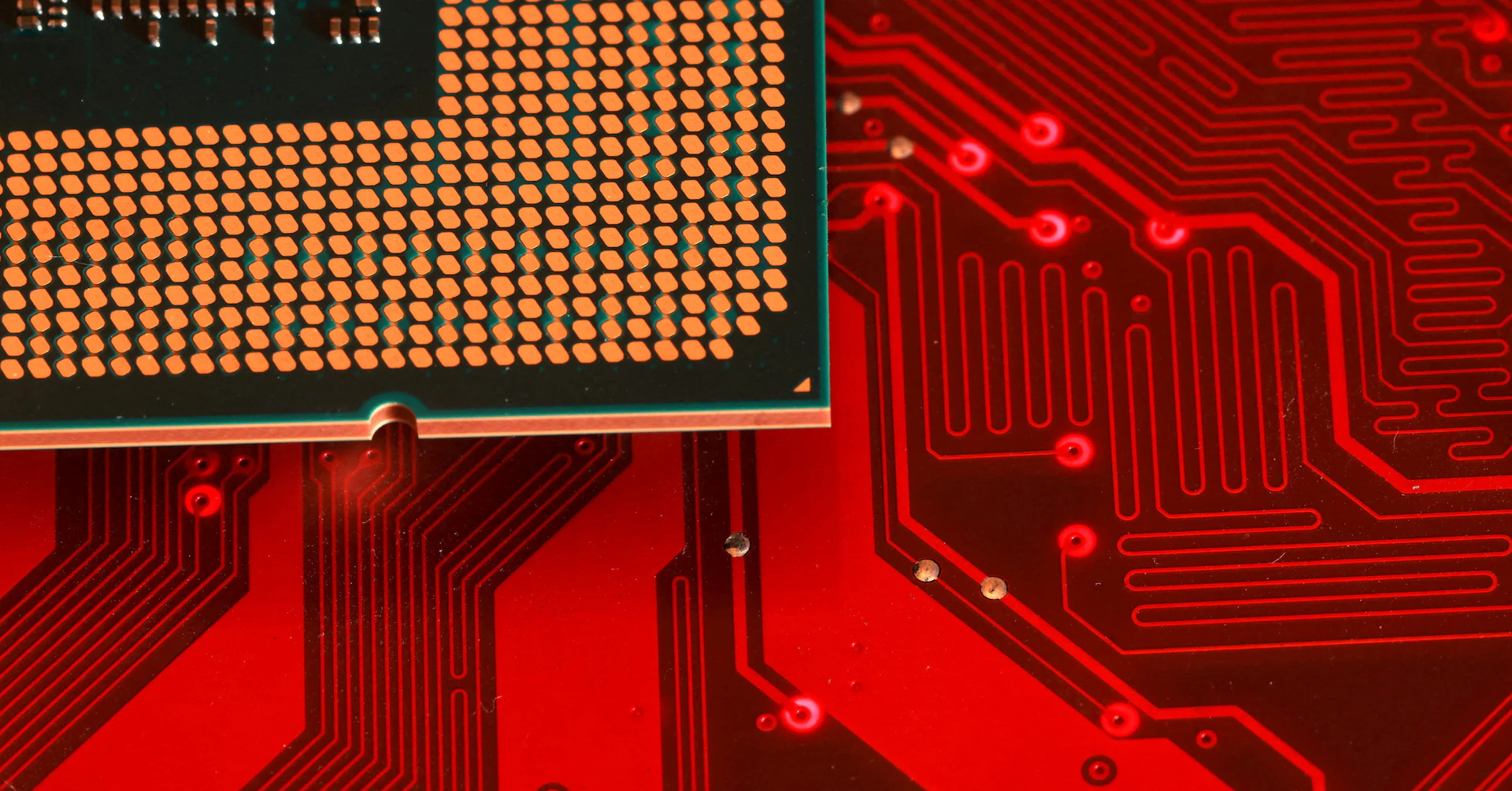Copyright stabroeknews

Today we will examine sections 24 and 25 of the Electronic Communications and Transactions Act 2023 (the Act). Attribution of electronic communications (Section 24) Section 24 addresses when an electronic message or record is taken to be the “act” of a person (attribution). The Act says that a data (via WhatsApp, mail etc.) message is attributed to a person originator if it was sent by the originator (a person who sends an electronic communication, or on whose behalf such a message was sent), or by a person who had authority to act on behalf of the originator, and in the case of a system used by the originator, if it was sent by the system in accordance with the originator’s instructions (section 24[1]). The section further states that the originator cannot deny that the message is his or hers solely because it was sent by a system, if the system was used by the originator with authority (section 24[2]). What this means in practice is that, for example, a Guyanese business that uses an automated invoice system, which sends out emails on its behalf, will still be held responsible for those messages because the invoice is attributed to the business if the system was authorised and the business cannot later say “it wasn’t me, it was the system.” Imagine a Guyanese supplier whose bookkeeping system auto-sends an electronic statement to a client. Even if no human pressed “send”, section 24 ensures that the statement counts as coming from the supplier, provided the system was set up and authorised. Acknowledgement of receipt of electronic communications (Section 25) Section 25 deals with when a recipient is taken to have received a data message. Under section 25(1), a data message is received when it enters an information system (such as a phone, computer, etc) designated by the recipient or, if no such designation is made, when it enters the recipient’s information system and becomes capable of being retrieved and processed by the recipient. According to section 25(2), if the originator and the recipient agree that receipt occurs when the recipient retrieves the data message, that agreement remains valid. In a Guyanese context, if a service provider sends an electronic notice to a customer’s designated email address, the message is “received” when it lands in the customer’s inbox (if that inbox is the designated system) and can be accessed. If the customer and the provider had agreed that the message is received only when the customer clicks “read” or downloads it, that agreement governs receipt. The section thus gives certainty on when an electronic communication is legally taken to be received. Together, Sections 24 and 25 provide legal clarity around two key moments in electronic communications: who is the sender (attribution) and when the message counts as received (acknowledgement). Without this clarity, a Guyanese company might argue that a system-generated message was not “its act”, or that an email was not “received” because the recipient did not open it. The Act removes those uncertainties by setting default rules, while still leaving parties free to agree otherwise.



